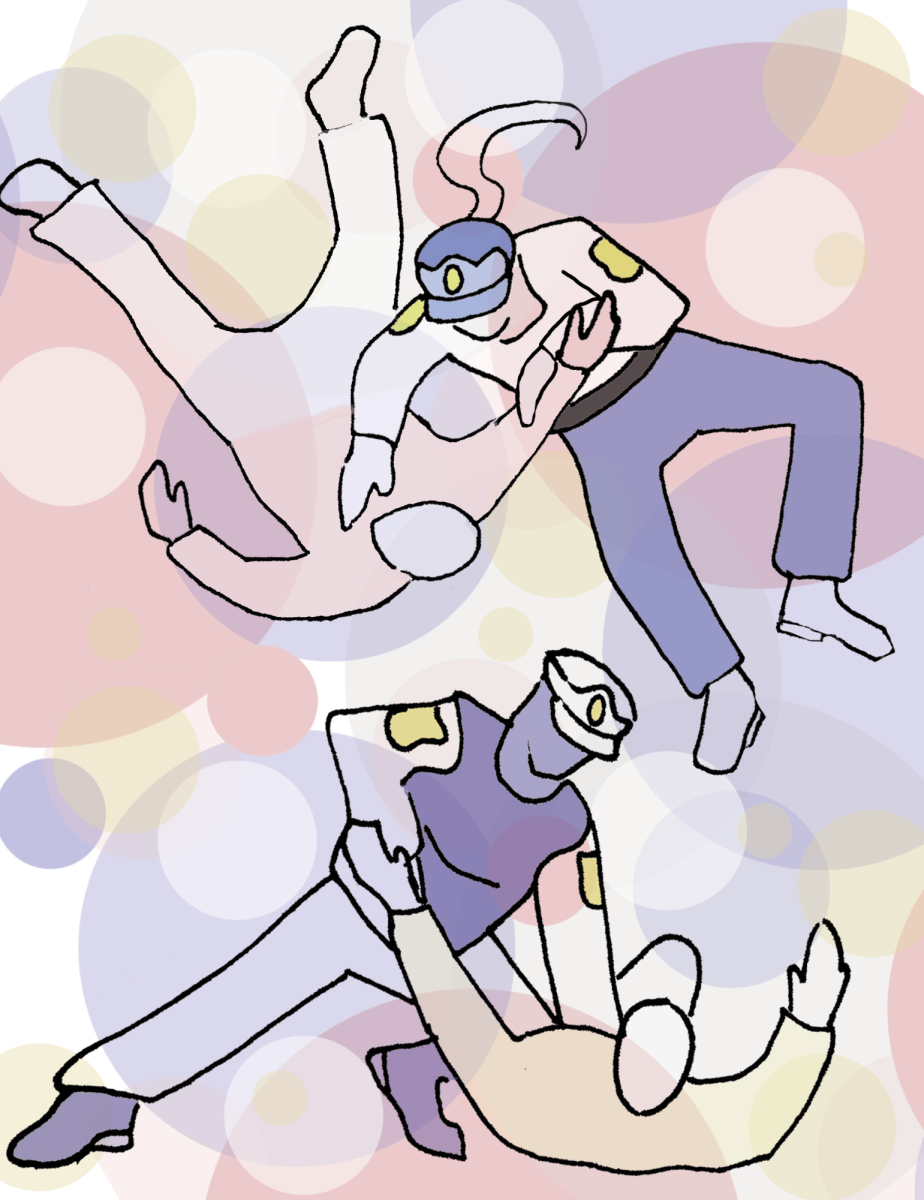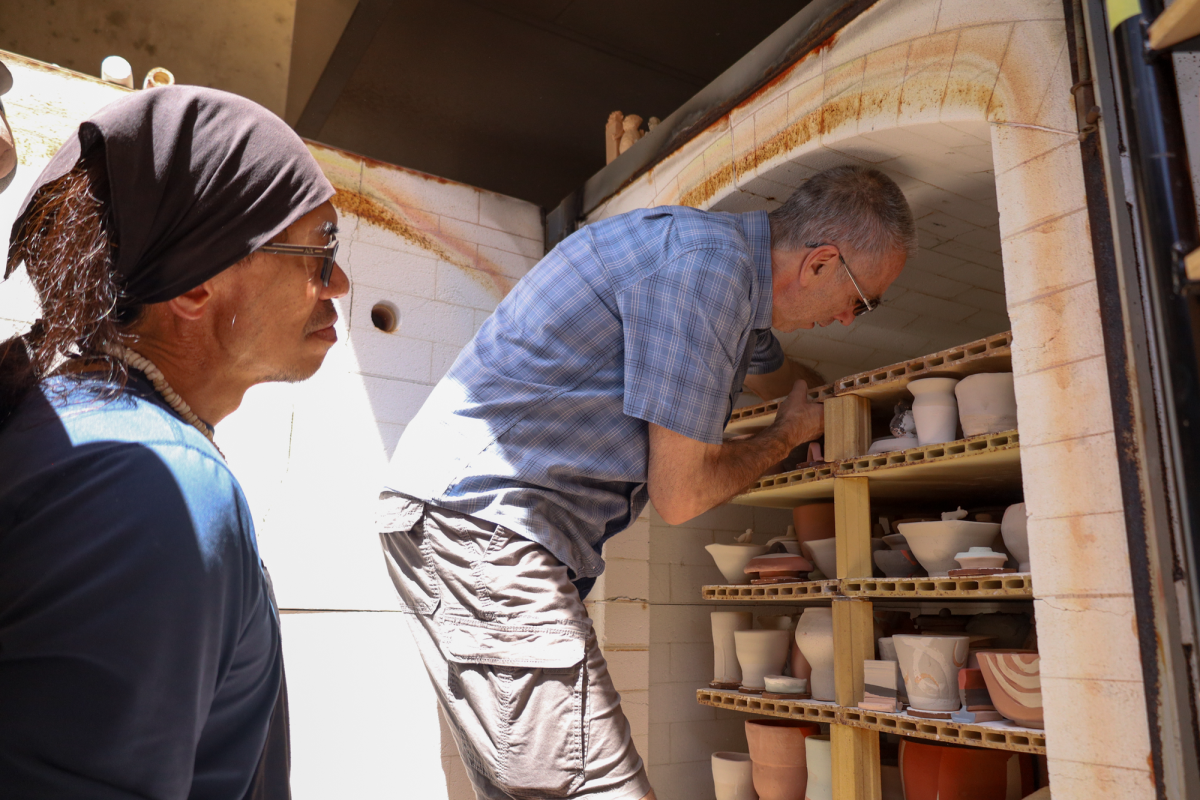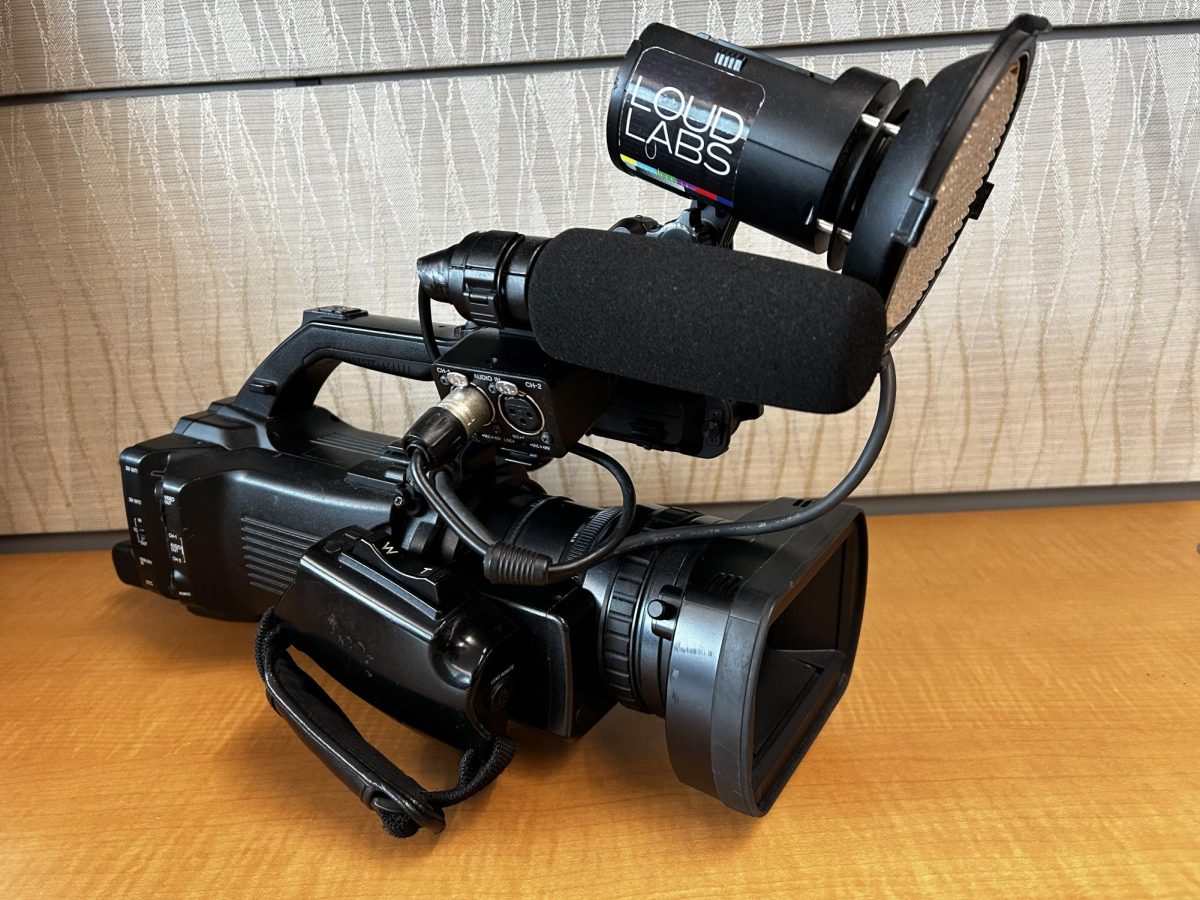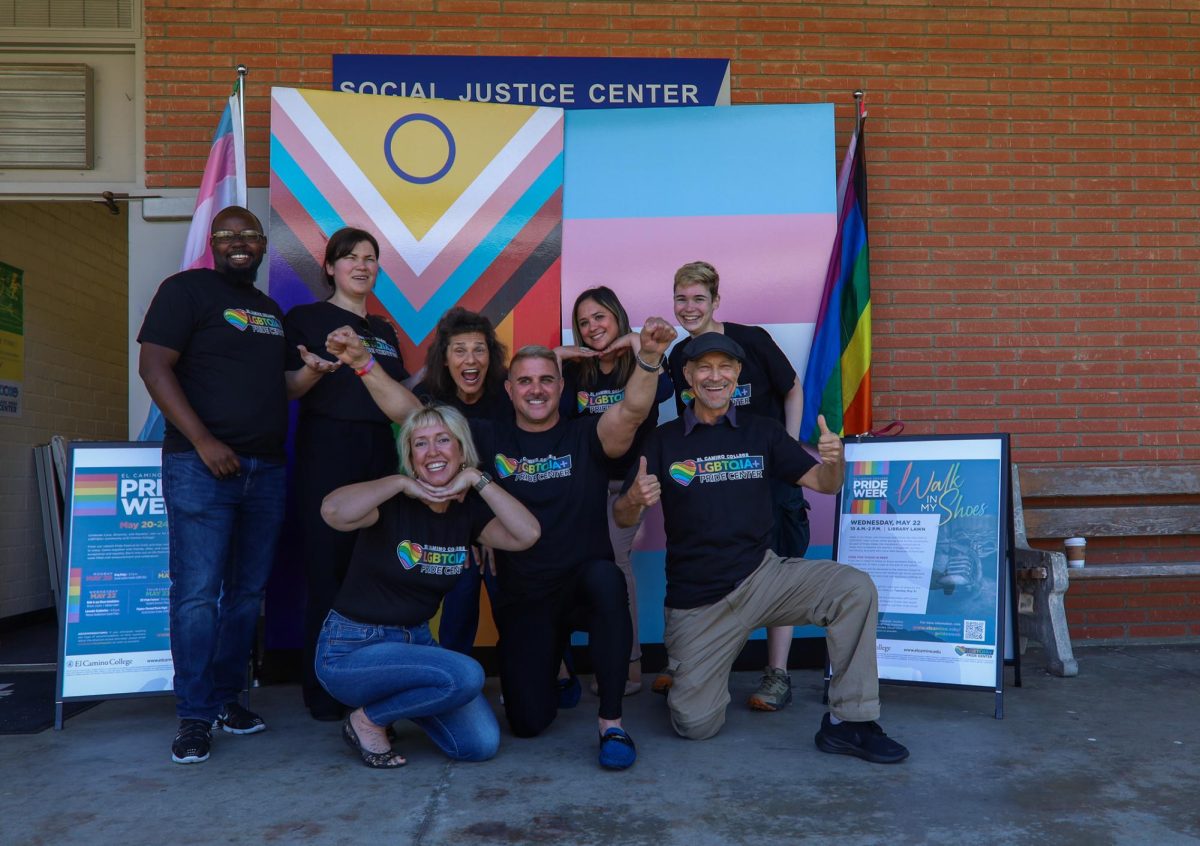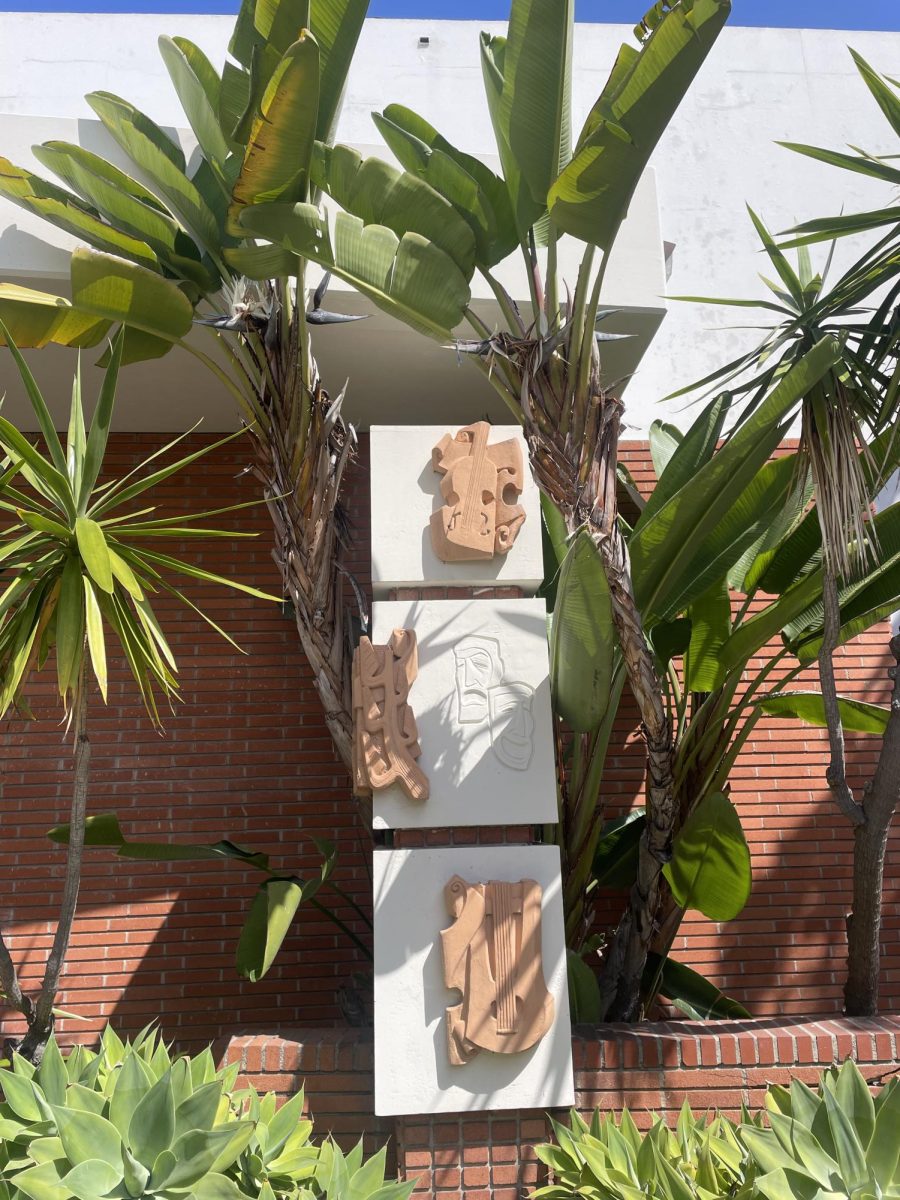During a sparring session simulating a street fight that starts standing up and later goes to the ground, I find myself on my back.
My training partner grabs both my legs and takes me down to the ground after driving his knee down to the mats while his shoulder drives into my chest.
I’m trying to get out of the bottom position while he drives his weight onto me from the top, preventing me from getting up.
I’m able to move my legs until he immobilizes one of them by holding onto the material of my training pants while feeling the crushing pressure of his weight on me.
During the scuffle, I felt defeated after numerous attempts to escape the entanglement. I eventually threw in the towel and called it quits.
This is what untrained suspects feel when police officers who train Brazilian jiu-jitsu apply techniques during a street fight or arrest situation in which they fight back.
Brazilian jiu-jitsu, a martial art that focuses on leverage combined with ground fighting, grappling, joint locks, and submission holds, is a way to manage and control a subject in a street fight.
It could also be effective in decreasing police brutality rates.
Various police departments across the United States have established a reputation for an abuse of power.
Before Brazilian jiu-jitsu made its way to police departments and its officers, most did not receive the proper training to restrain suspects without injury.
According to the Police Brutality Center, a Washington Post database has shown that law enforcement officers have killed white people at a rate of 2.3 per million per year since 2015, while Hispanics were killed at a rate of 2.5 per million per year and blacks at an alarming rate of 5.8 per million per year.
Deadly force methods have included using their fists and kicking, baton striking, pepper spray, rubber bullets, or firing their service weapon when restraining or subduing a subject.
With proper de-escalation training through Brazilian jiu-jitsu, police departments can reduce the number of deadly force incidents. A 2022 BJJ World article revealed that a police department in Georgia saw a 48% decrease in injuries to officers, a 53% injury reduction to arrestees, and a 23% decrease in using taser guns.
As a practitioner who has been practicing Brazilian jiu-jitsu for two and a half years now, I have found this martial art effective.
I have tried using restraining and compliance techniques on friends and relatives who are not trained in Brazilian jiu-jitsu while they attempt to escape me.
It is effective because controlling another human being with leverage and technique when the fight goes to the ground can break the mindset that is allowing the offender to fight back. For instance, catching my training partners in armbars or collar chokes are two of my go-to submissions during sparring sessions.
It is difficult for the untrained individual to escape from a position where a trained practitioner can use leverage and easily distribute body weight to prevent these people from transitioning into a recovery position that will allow them to throw attacks.
Police could use Brazilian jiu-jitsu to defend themselves on duty and restrain subjects without injury.
Police departments nationwide could gain the general public’s trust by training in de-escalation and restraining tactics and techniques.
Officers and police departments can learn and incorporate Brazilian jiu-jitsu because it is a valuable tool used in everyday situations.
Officers can learn how to defend themselves from punches and kicks, headlocks, and chokes from various positions, including standing, mount, side control, guard, and back control. With proper control, officers can use submissions, comprised of numerous techniques that can potentially injure a person as they maintain control.
In addition, using pain compliance during a submission is enough to get a suspect to comply with an officer’s commands.
One basic submission is an armbar, in which the submitter catches another person’s arm between their legs as they’re laying down to hyperextend or potentially breaks the limb while raising their hips up in the air. From this position, officers can transition into a handcuffing position and take a subject into custody.
Police officers are not the only people who need Brazilian jiu-jitsu in their arsenal.
The general public and people of all occupations, including the military, can equip themselves with these training tools to defend themselves and others.
With proper de-escalation, police departments and the cities that govern the agencies can restore the faith the general public lost after four Los Angeles police officers used excessive force against Rodney King in 1991.
I can say firsthand that it is effective in controlling another human being when the fight goes to the ground. For instance, catching my training partners in armbars or collar chokes are two of my go-to submissions during sparring sessions.
However, I need to understand that position, control, and technique are crucial before taking the steps to submit an opponent. Officers need to understand this, too, to ensure de-escalation because an arrestee may use brute strength to disengage from a fight. Technique and leverage are crucial in ensuring strength is not even used.
With Brazilian jiu-jitsu in the arsenal of officer training, police departments around the globe can reduce the rate of violence and use of force on the job.



